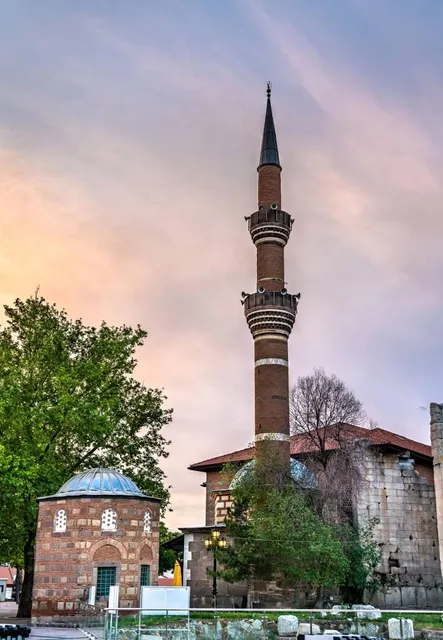Haci Bayram Mosque things to do, attractions, restaurants, events info and trip planning
Basic Info
Haci Bayram Mosque
Hacı Bayram, Sarıbağ Sk. No:13, 06050 Altındağ/Ankara, Türkiye
4.8(9K)
Open 24 hours
Save
spot
spot
Ratings & Description
Info
Hacı Bayram Veli Camii is a mosque in old Ankara. Along with Kocatepe Mosque it is one of the best known mosques in Ankara. Hacı Bayram Mosque was built during the Ottoman Empire period. It was named after the Turkish Sufi and poet Hacı Bayram-ı Veli on behalf of the latter.
Cultural
Accessibility
attractions: Hacı Bayram-ı Veli Tomb, Temple of Augustus, Museum of the War of Independence, Roman Baths and Open Air Museum, Republic Museum (The Second Parliament Building), Ancient Roman Theater, Museum of Anatolian Civilizations, Ankara Castle, Rahmi M. Koc Museum Ankara, Erimtan Archaeology and Art Museum, restaurants: Şöhretler ASPAVA, Urfali Haci Mehmet, ÇİÇEK Lokantası, Bogazici Lokantasi, Yalçın piknik, KK Aspava, Urfa Halil Ibrahim Sark Sofrasi, Aspava Pide Kebap Salonu, Meşhur Çöp Şişçi Ömer Usta, Meshur Aspava
 Learn more insights from Wanderboat AI.
Learn more insights from Wanderboat AI.Phone
+90 312 309 09 42
Website
hacibayram-iveli.com
Plan your stay

Pet-friendly Hotels in Altındağ
Find a cozy hotel nearby and make it a full experience.

Affordable Hotels in Altındağ
Find a cozy hotel nearby and make it a full experience.

The Coolest Hotels You Haven't Heard Of (Yet)
Find a cozy hotel nearby and make it a full experience.

Trending Stays Worth the Hype in Altındağ
Find a cozy hotel nearby and make it a full experience.
Reviews
Nearby attractions of Haci Bayram Mosque
Hacı Bayram-ı Veli Tomb
Temple of Augustus
Museum of the War of Independence
Roman Baths and Open Air Museum
Republic Museum (The Second Parliament Building)
Ancient Roman Theater
Museum of Anatolian Civilizations
Ankara Castle
Rahmi M. Koc Museum Ankara
Erimtan Archaeology and Art Museum
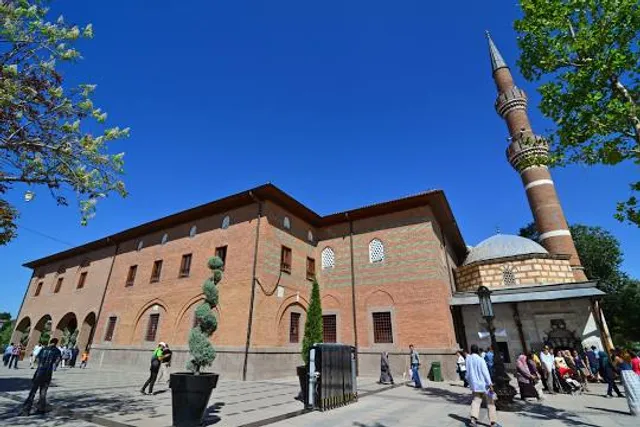
Hacı Bayram-ı Veli Tomb
4.8
(3.6K)
Open 24 hours
Click for details
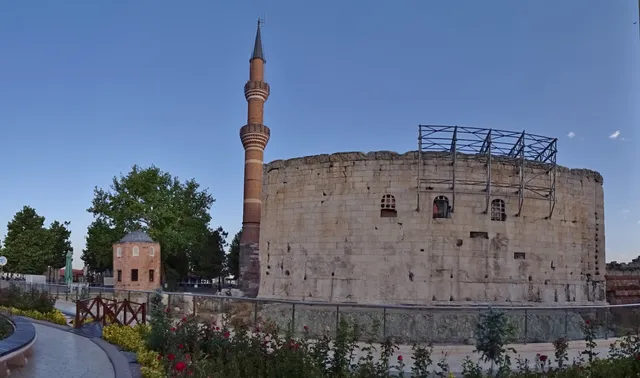
Temple of Augustus
4.4
(314)
Open 24 hours
Click for details
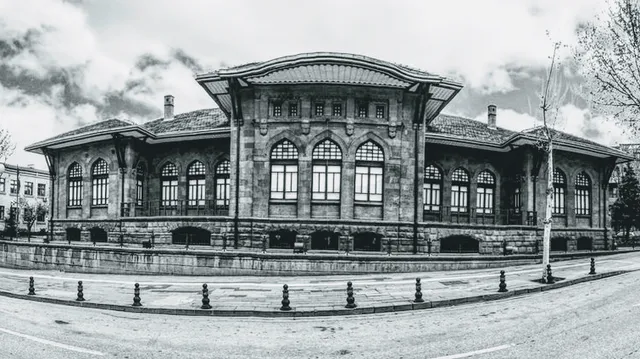
Museum of the War of Independence
4.9
(2.3K)
Open 24 hours
Click for details
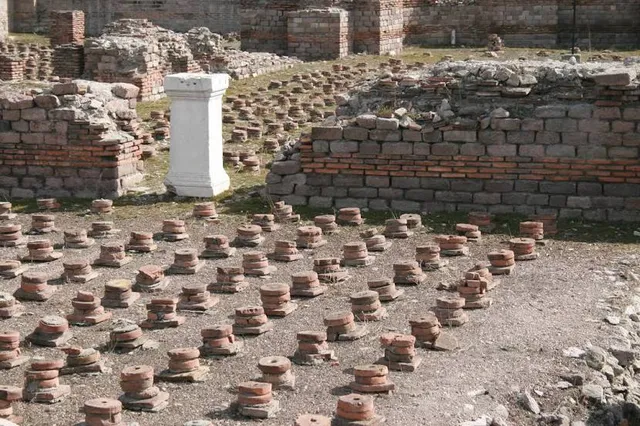
Roman Baths and Open Air Museum
4.3
(552)
Open 24 hours
Click for details
Things to do nearby

Team1 Uni Tour #1- Middle East Technical University
Fri, Dec 26 • 3:30 PM
METU Department of Computer Engineering, Üniversiteler, 06800 Çankaya/Ankara, Türkiye
View details
Nearby restaurants of Haci Bayram Mosque
Şöhretler ASPAVA
Urfali Haci Mehmet
ÇİÇEK Lokantası
Bogazici Lokantasi
Yalçın piknik
KK Aspava
Urfa Halil Ibrahim Sark Sofrasi
Aspava Pide Kebap Salonu
Meşhur Çöp Şişçi Ömer Usta
Meshur Aspava
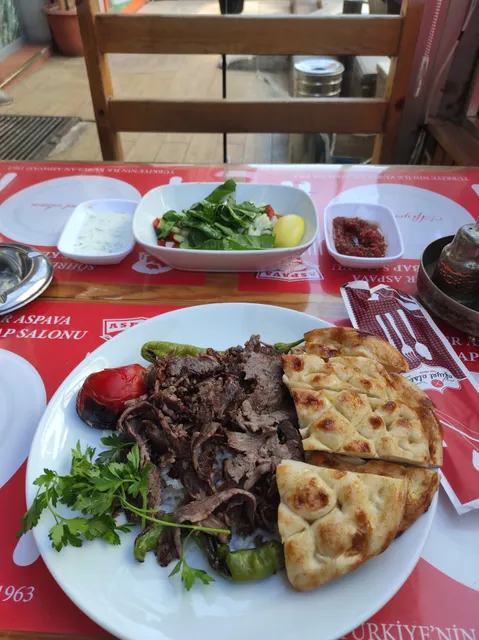
Şöhretler ASPAVA
3.9
(359)
Click for details
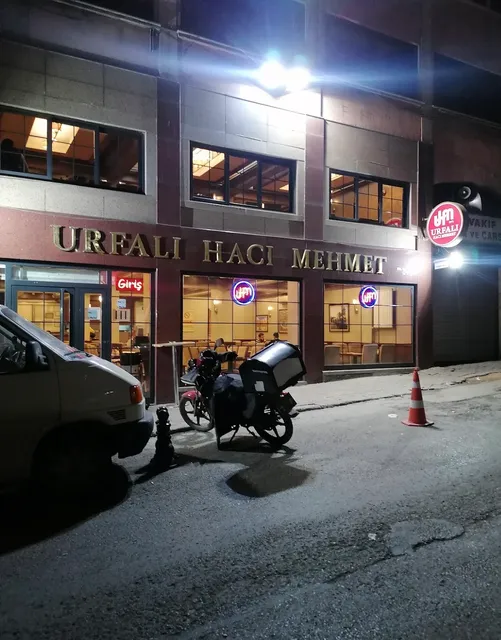
Urfali Haci Mehmet
4.3
(1.1K)
Click for details
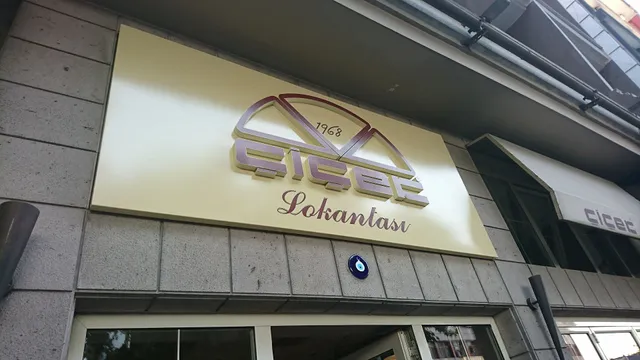
ÇİÇEK Lokantası
4.1
(477)
$$
Click for details
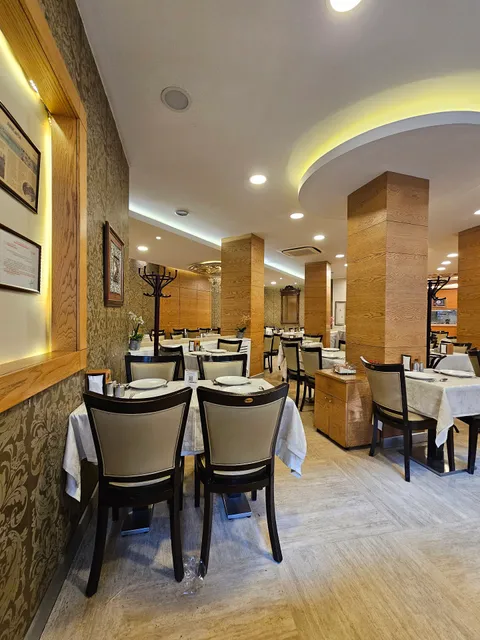
Bogazici Lokantasi
4.3
(1.4K)
$
Click for details
